Date: 31 July 2007
New from Glasstech this year is a high-efficiency windshield system, the EPB-L™, and modifications to its cornerstone auto-glass processing system, the DB™ 4.Glasstech will be located at Hall 24, Stand P-21 at Fiera Milano’s new exhibition complex in Rho.
External Press Bend Forming and Annealing System for Automotive Glass
The External Press Bend Forming and Annealing System for Automotive Glass (EPB-L) uses a single tooling set to produce up to 225 complex windshields per hour.
The EPB-L benefits from Glasstech’s earlier development of the Super Deep Bend Forming and Annealing System (SDB -L™), which produces complex windshields with improved reflective optics, tight tolerances and asymmetrical construction. The SDB-L uses Glasstech’s patented edge stresses system, which results in higher edge compression without increasing the inner band tension. This factor has resulted in lower warranty claims for windshields produced on the SDB-L process.
By combining the efficiency inherent in the EPB family of systems with the experience gained with the SDB-L, Glasstech has created a system that meets original equipment standards for frameless wiper systems, such as the Bosch ICON™ standard, and the tighter tolerances required for heads-up display systems.
The EPB-L is energy efficient, since only glass and one tool are heated. With traditional gravity sag windshield processes, multiple forming tools are heated and cooled during production which wastes energy. The EPB-L’s single tool set is price competitive and requires much less maintenance and storage area.
The most productive EPB-L system can produce as many as 225 windshields per hour and change jobs in less than 90 minutes. A financial operating model for the EPB-L process shows a financially viable windshield-fabrication technology and ensures that future tight-forming requirements are achieved.
The EPB family of systems also includes the EPB-SS™ External Press Bend Tempering System, which accommodates a single stream of glass parts; and the EPB-DS™ External Press Bend Tempering System, with a 72-inch (1829mm)-wide bed, which will accommodate either a single- or dual-stream of parts.
DB4 Deep Bend Advanced Bending and Tempering System Modifications  Glasstech has enhanced the forming capabilities and operational efficiencies of its industry-leading DB4 Deep Bend Advanced Bending and Tempering System for automotive glass.
Glasstech has enhanced the forming capabilities and operational efficiencies of its industry-leading DB4 Deep Bend Advanced Bending and Tempering System for automotive glass.
With increasing sales of cross-over vehicles, certain part shapes, particularly those which wrap around the D-pillar and require tight tolerances, are becoming more popular. To meet this shape and accuracy challenge, Glasstech researchers have developed a method of improving the glass positioning on the DB4 tooling. A new glass detection system has demonstrated a significant reduction in off-form losses caused by upstream/downstream position variation.
This technology can be retrofitted to existing DB4 systems or ordered as a part of a new system.
Glasstech has developed new methods to increase the surface area produced on the DB4 by running some parts two-at-a-time, increasing productivity and operational efficiency. This process provides a more efficient use of energy, and it reduces the fabrication cost per part. Examples of this approach include narrow backlites that can be run side-by-side and smaller doorlites that can run one in-front-of the other.
Cylindrical Radius Bender (CRB) Systems  The advanced roll-forming technology used by the Glasstech family of Cylindrical Radius Bender (CRB) Systems has made possible many small-to-large sophisticated asymmetrical glass parts.
The advanced roll-forming technology used by the Glasstech family of Cylindrical Radius Bender (CRB) Systems has made possible many small-to-large sophisticated asymmetrical glass parts.
CRB systems use computer-controlled flexible upper and lower beds to bend glass. The CRB technology has the unique capability of roll-forming significantly more complex shapes than other roll-forming technologies without dedicated tooling.
The CRBA™ produces parts up to 1700mm wide by 2400mm long. The system will temper or heat-strengthen glass as thin as 3.0mm. Parts produced are suitable for insulated glazing units or lamination. The CRBA produces up to 180 loads per hour, depending on glass thickness and load size, and achieves superior quality optics.
The Glasstech CRBA system quickly forms pure cylinders, shapes with two radii that have a point of tangency, J-bends and V-bends. Because dedicated tooling is not required, the system transitions from the various shapes in less than 15 minutes.

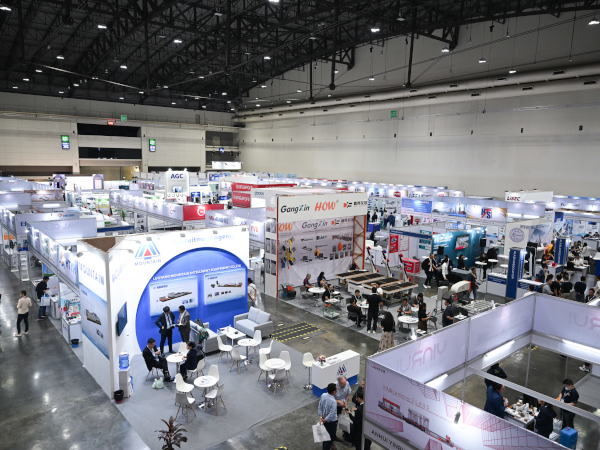

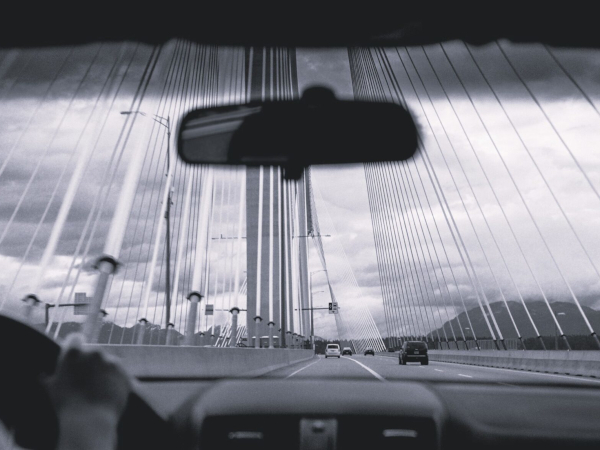

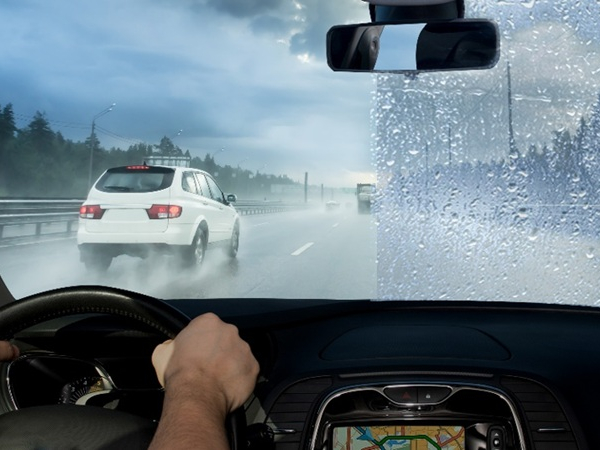
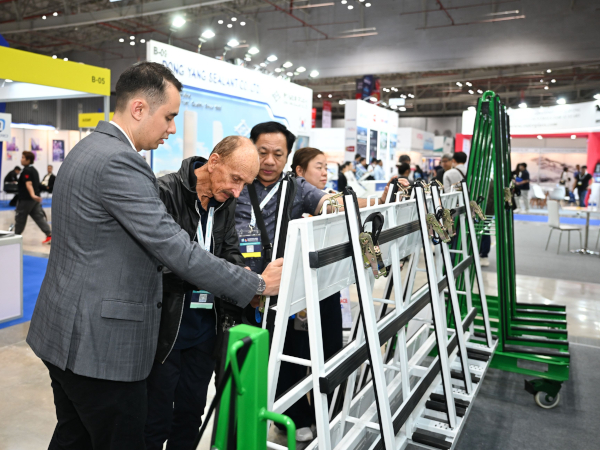






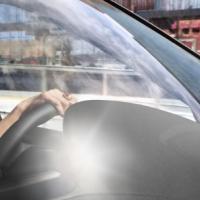




Add new comment